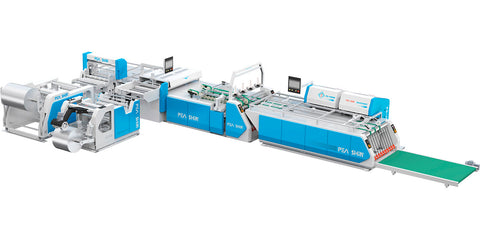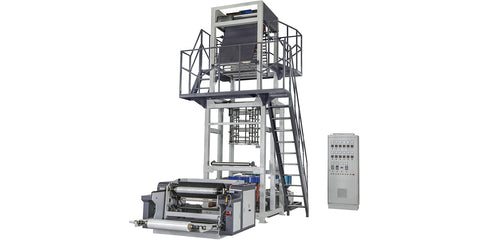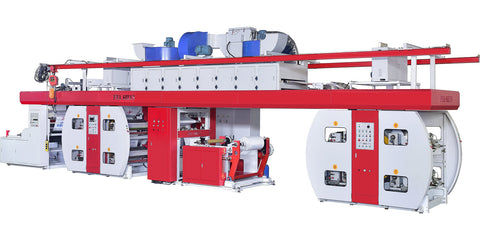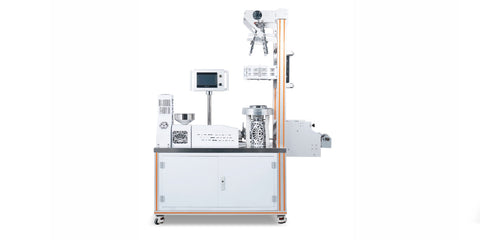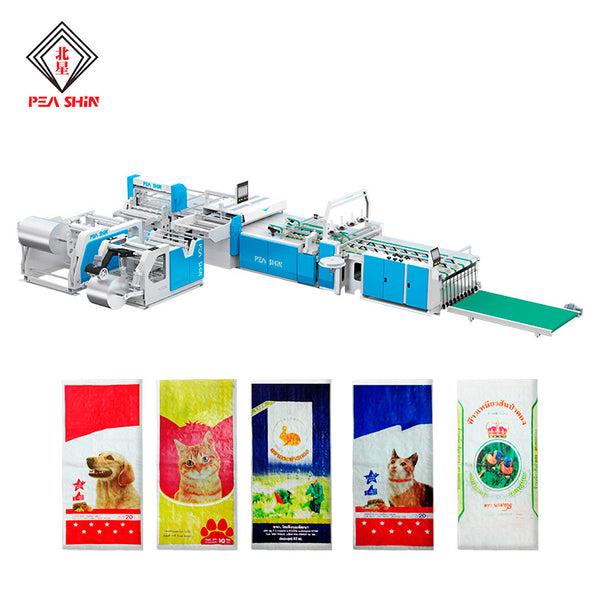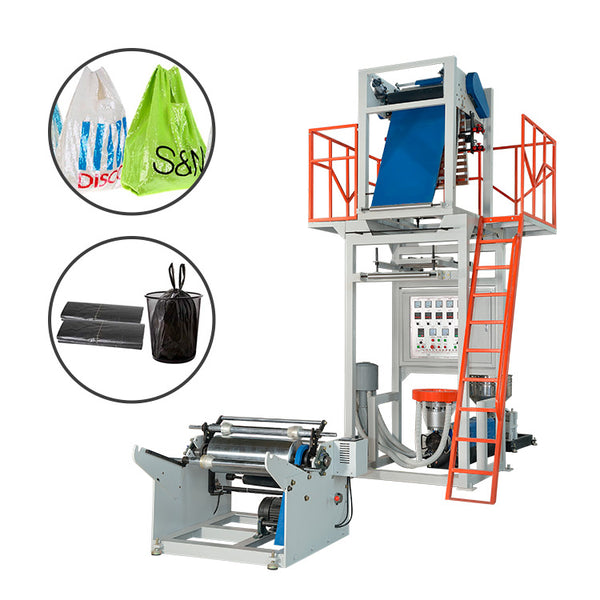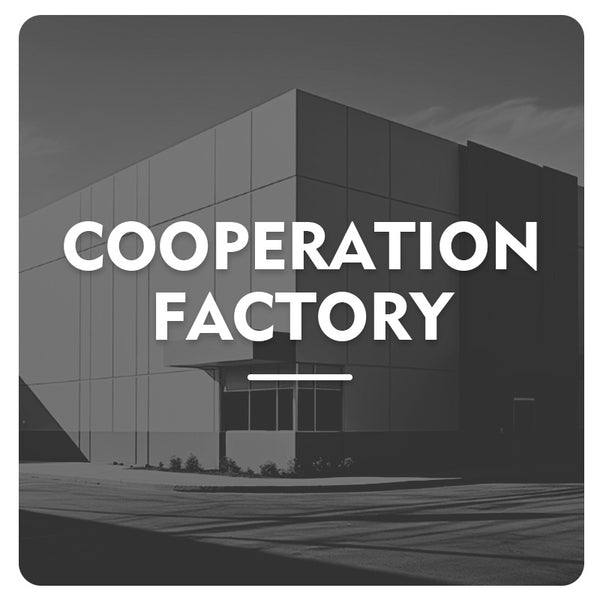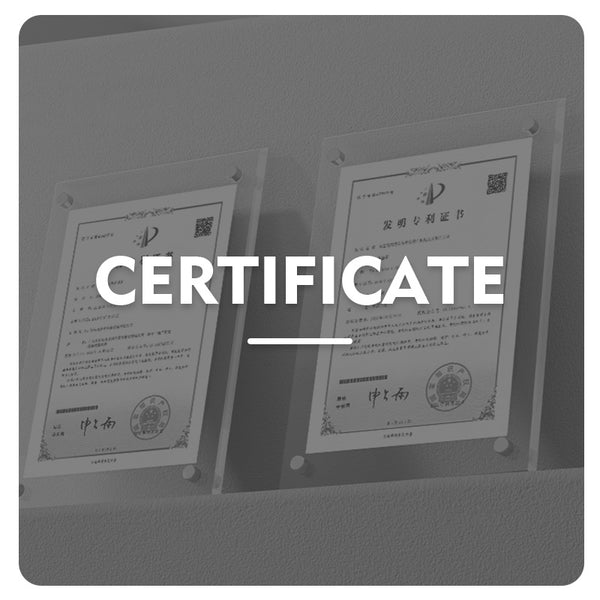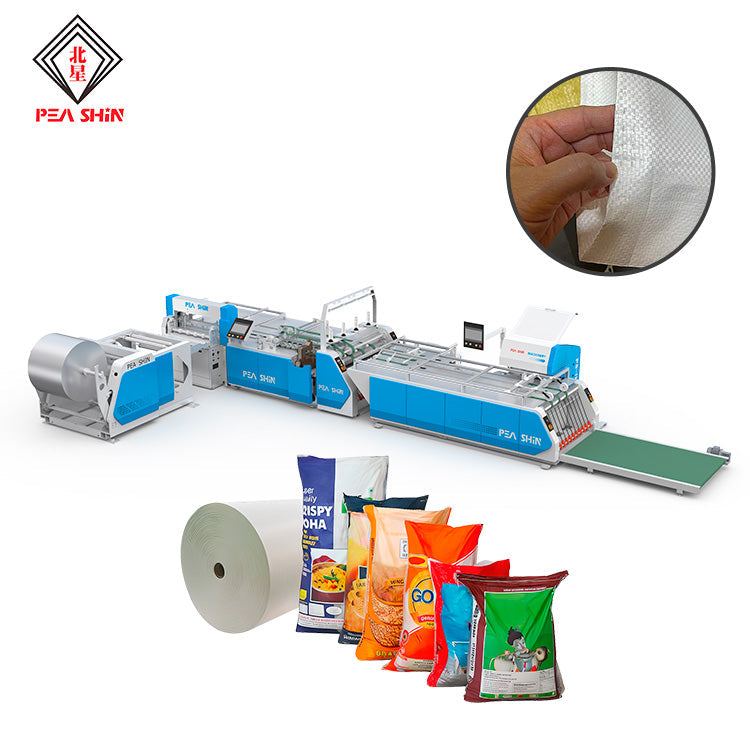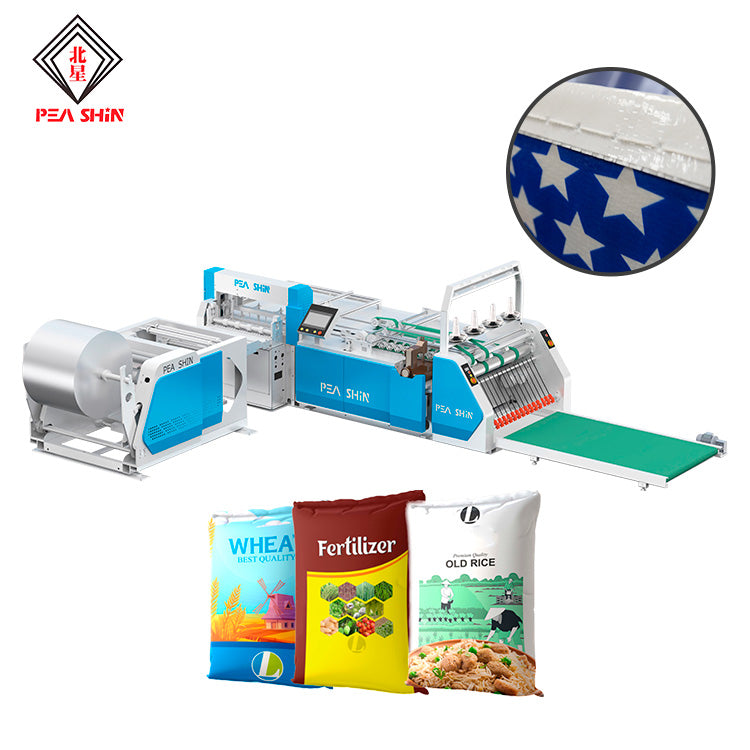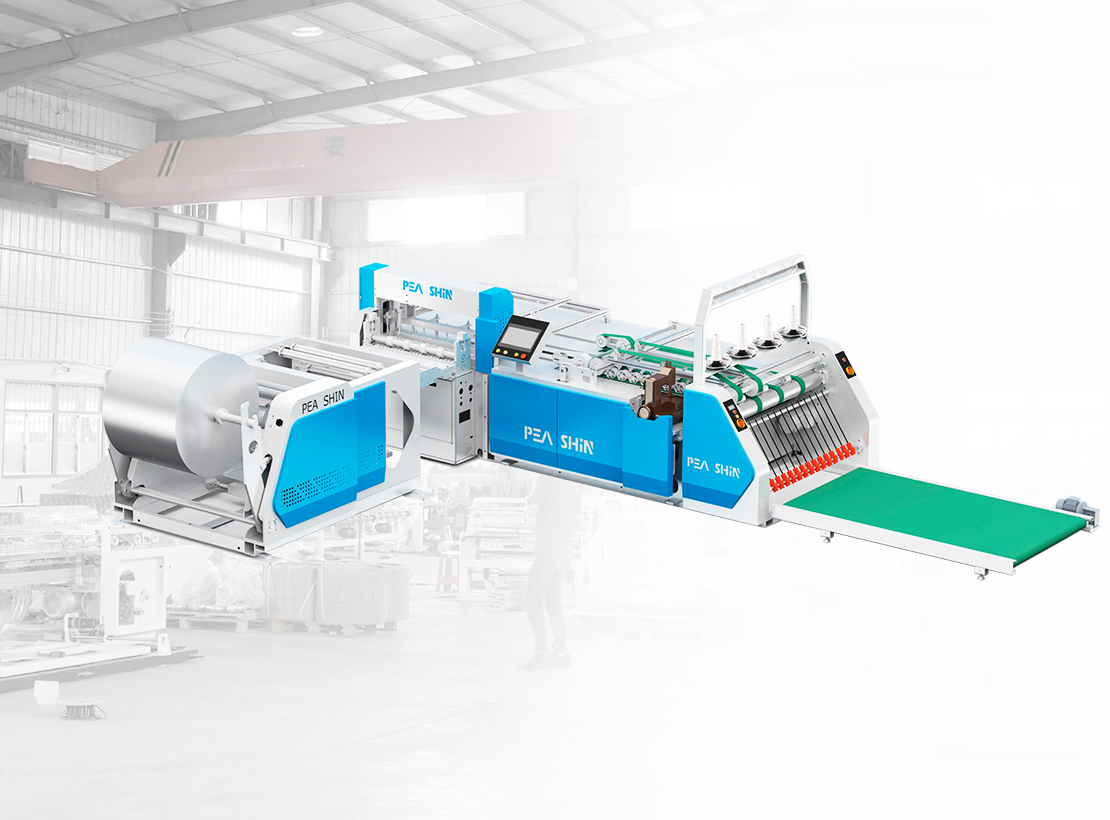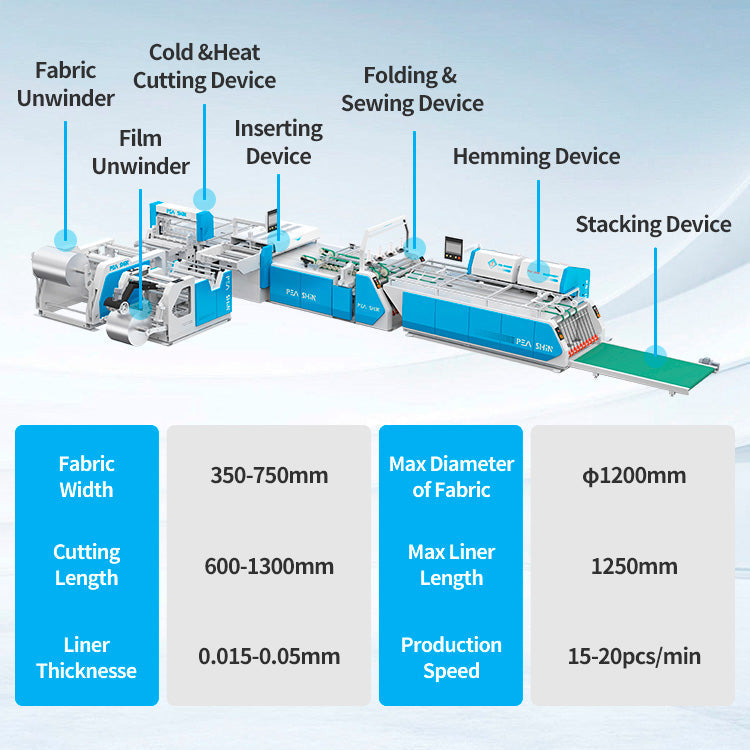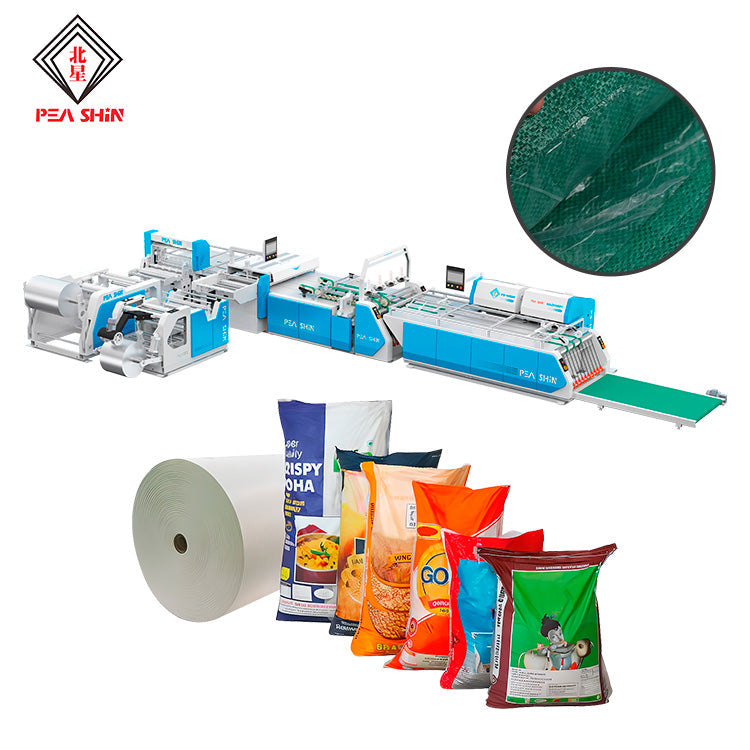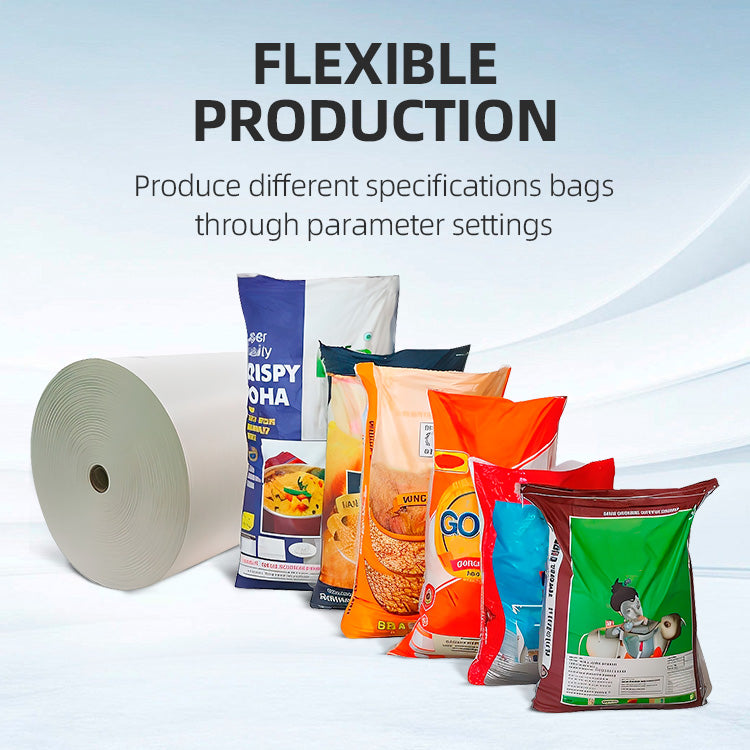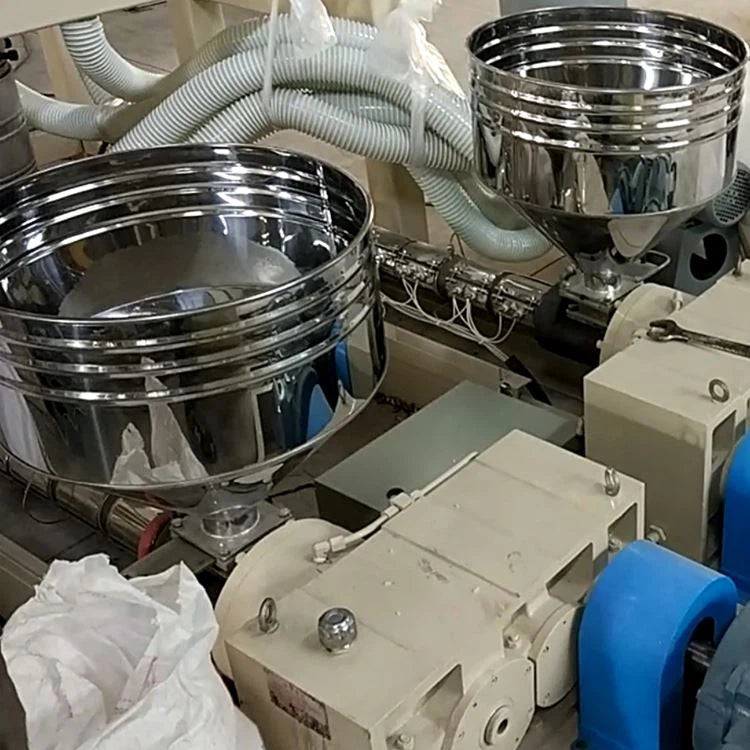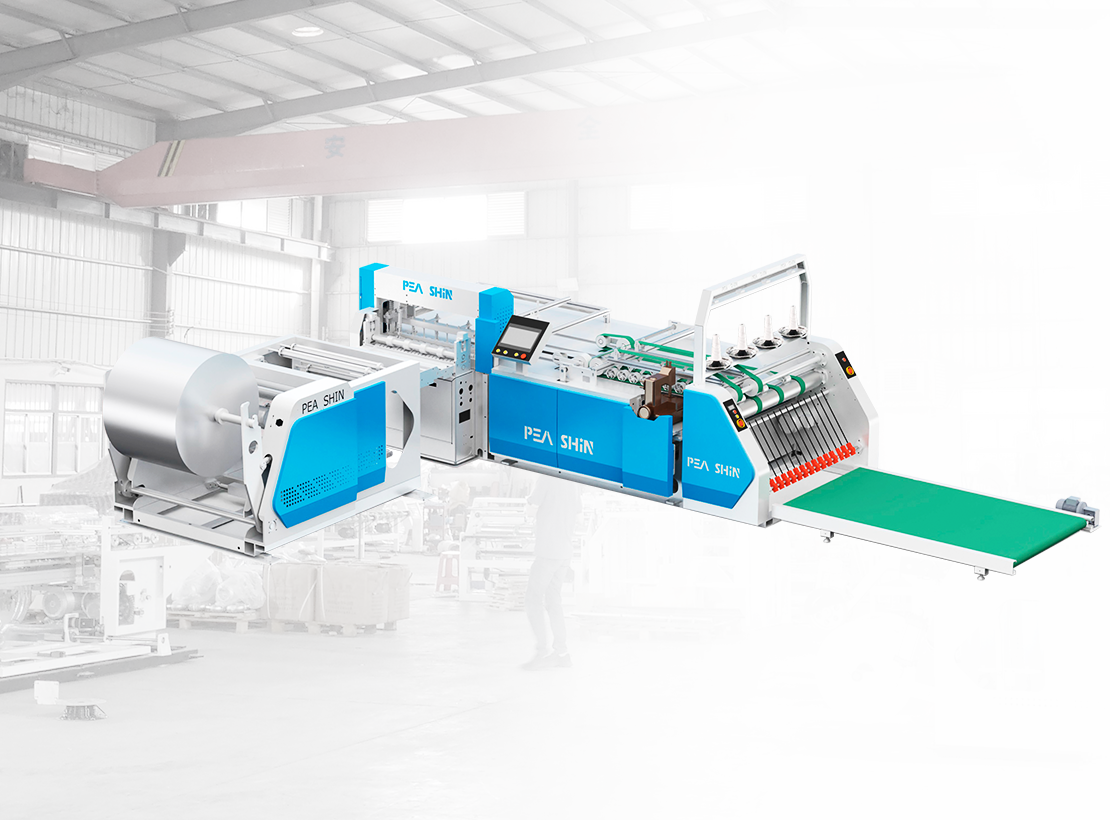How Automation is Redefining Labor in Bag Making Machine Operations
The integration of automation in bag making machines is transforming labor dynamics in manufacturing facilities worldwide. As factories strive for higher efficiency, reduced errors, and consistent production quality, automation has become a key driver for operational improvement, particularly in woven PP and laminated bag production.
Historically, bag making machines required significant manual intervention. Operators managed cutting, sealing, stacking, and handling, often across multiple machines in a production line. This reliance on labor introduced variability in bag dimensions, sealing strength, and stacking uniformity, leading to material waste and production inefficiencies. Skilled operators were essential, but training and retention presented ongoing challenges.
Modern automation technologies are redefining these processes. Servo-driven motors, PLC controls, and touchscreen interfaces now allow machines to operate with minimal human input. Automated tension control, precise sealing, and synchronized cutting reduce errors and ensure consistent bag quality. Factories adopting automated systems report fewer defects, higher throughput, and reduced reliance on extensive labor.
Labor reallocation is another significant effect of automation. While fewer operators are needed to run a production line, their roles shift toward machine supervision, maintenance, and process optimization. This requires higher technical skill sets but enables more efficient use of human resources. Employees focus on preventive maintenance, troubleshooting, and quality monitoring rather than repetitive manual tasks.
Stacking and handling automation also reduces the physical strain on workers. Modern lines include automatic stacking, palletizing, and bag feeding systems. These advancements not only improve productivity but also enhance workplace safety by minimizing the need for manual lifting and repetitive motion tasks. Factories with automated handling systems report lower injury rates and improved worker satisfaction.
Predictive maintenance and digital monitoring further complement automation. Sensors track machine performance, including motor load, sealing temperature, and cycle times. This allows maintenance teams to address potential issues proactively, avoiding costly downtime and maintaining continuous production. Automation in monitoring also enables real-time reporting, supporting data-driven decision-making for factory managers.
High-speed production enabled by automation has a direct impact on labor efficiency. Modern bag making machines can produce hundreds to thousands of bags per minute, far exceeding the capacity of manually operated lines. This increase in output allows factories to meet growing market demand without proportionally increasing labor costs, improving overall operational economics.
Energy efficiency and sustainability also intersect with labor dynamics. Automated machines optimize motor usage, reduce idle times, and minimize material waste. This decreases operational strain on workers who would otherwise manage error correction, scrap handling, or rework processes, further improving labor productivity and factory efficiency.
However, automation does not eliminate the need for skilled labor entirely. Operators must understand digital controls, troubleshoot mechanical issues, and manage workflow integration across multiple machines. Training and upskilling are crucial to maximize the benefits of automated bag making lines. Factories that invest in workforce development alongside automation achieve higher long-term efficiency and reliability.
Globally, the trend toward automation is strongest in regions with higher labor costs, where investment in advanced machinery quickly offsets operational expenses. In developing regions, hybrid approaches combining automation with manual oversight are common, balancing efficiency and affordability. Regardless of region, the shift toward automated bag making machines is reshaping labor expectations and factory management practices.
In conclusion, automation in bag making machines is redefining labor in manufacturing facilities. By reducing manual intervention, minimizing errors, and increasing production speed, modern machines allow workers to focus on supervision, maintenance, and optimization tasks. Factories embracing automation benefit from improved efficiency, reduced costs, safer work environments, and higher-quality output, positioning themselves competitively in the rapidly evolving packaging industry.
